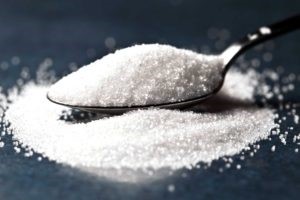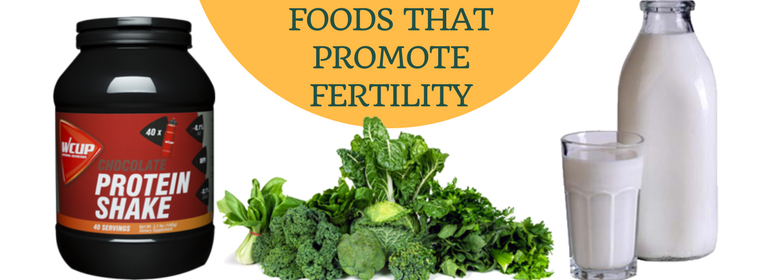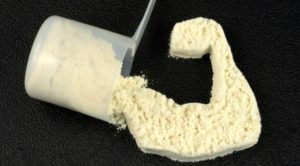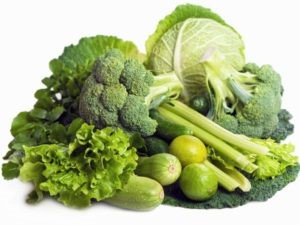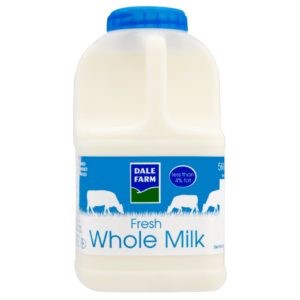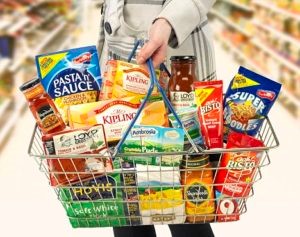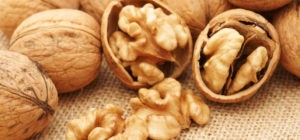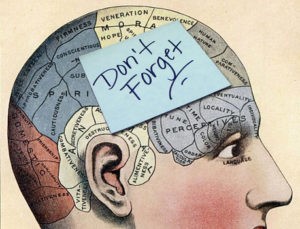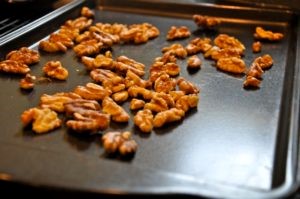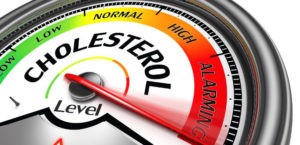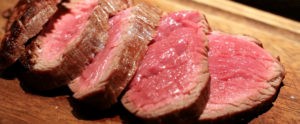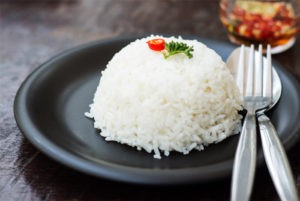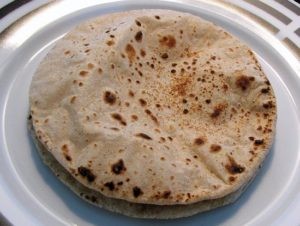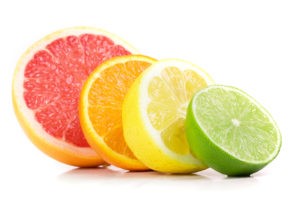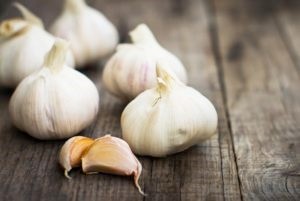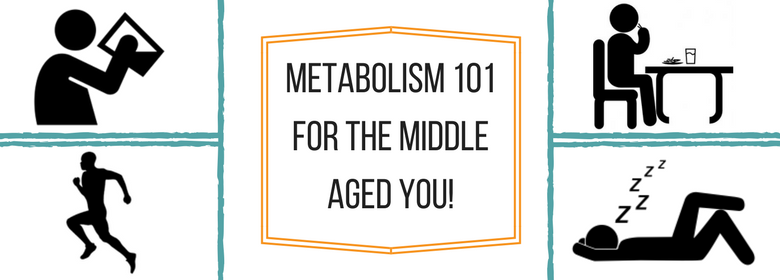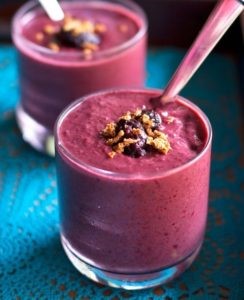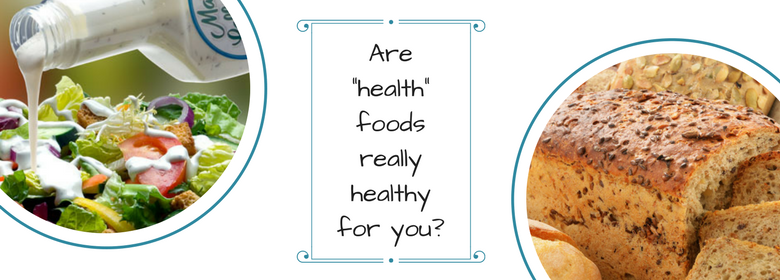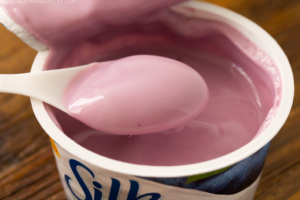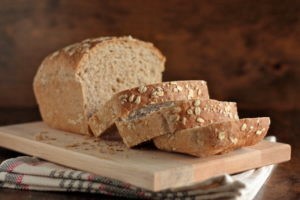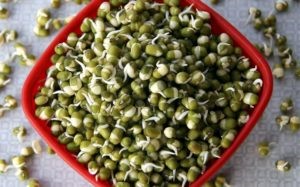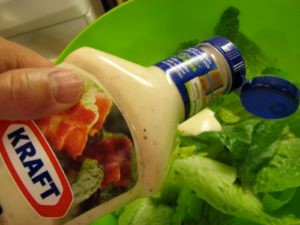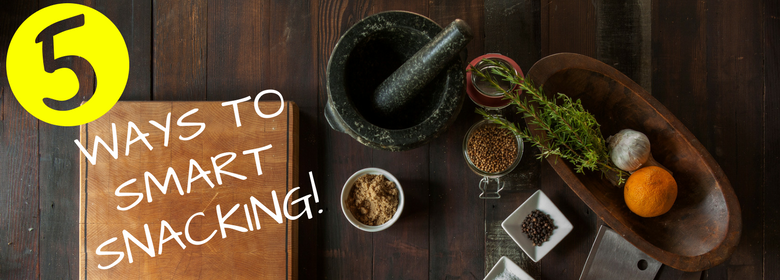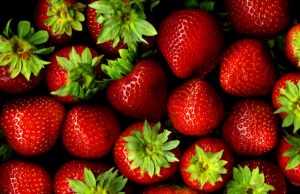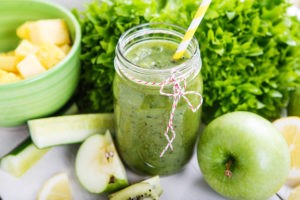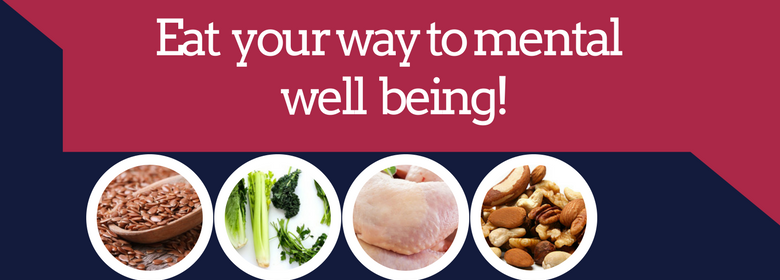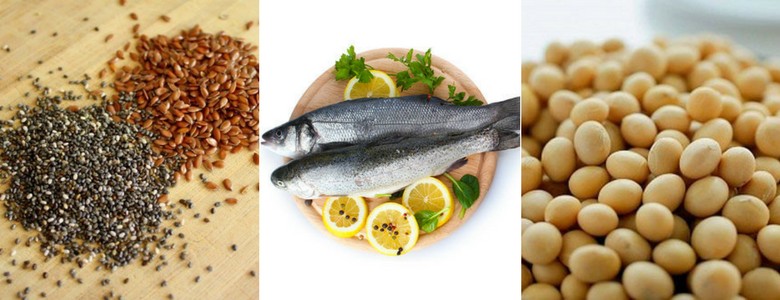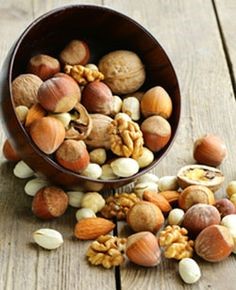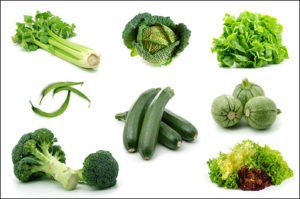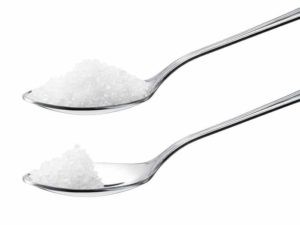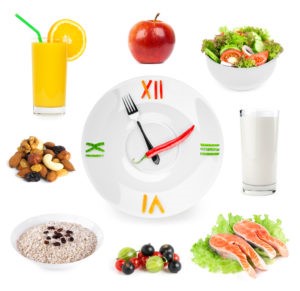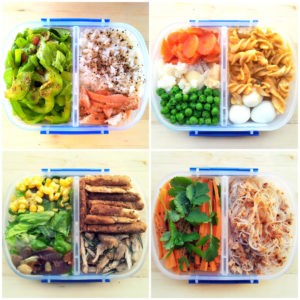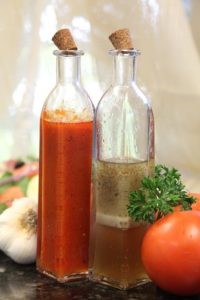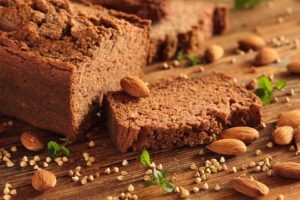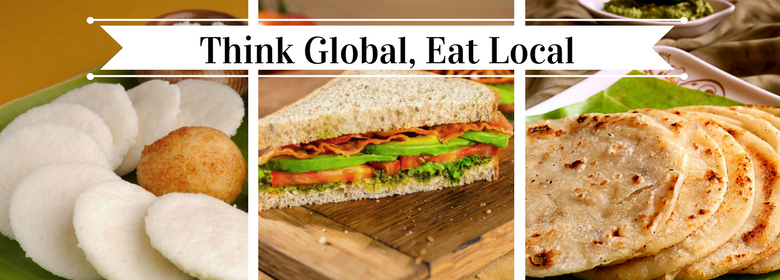10 Foods that Cause the Blues
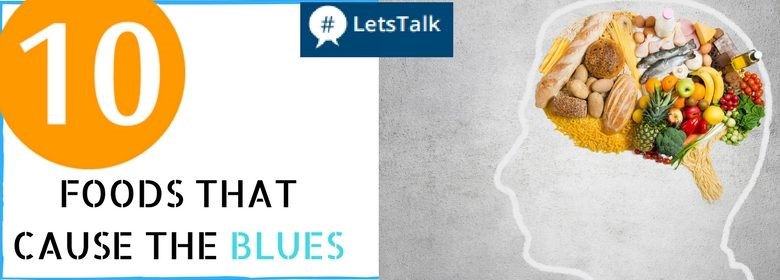
“You are what you eat” – clichéd but true.
All the junk food that we eat doesn’t just affect our physical health – it affects our mental health too. In the run up to World Health day 2017, with depression as the focus, it’s high time that we take into consideration that out diet plays a huge role in our mood swings. Not only does junk food lack most of the ‘good’ brain foods, it actually contains many that are ‘bad’ for mental health conditions, including white sugars, caffeine, deep fried foods, pesticides, refined carbs and additives such as MSG and aspartame. Also, if your diet is void of essential nutrients, you are setting yourself up for panic attacks and bad moods.
Fortunately, food habits are not hard to change. Here are 10 types that you need to avoid or consume in small quantities to ensure a happy and healthy life:
1. Sugar: When our blood glucose levels are too high, our growth of both synapses and neurones plummet – and this can lead to a severe case of the blues.
2. Artificial Sweeteners: The ingredient called aspartame stops your body from producing serotonin, a neurotransmitter that is vital to a good mood.

3. Caffeine: Caffeine is a well-known contributor to depression, but its effects vary from person to person. However, if you drink 2 or more cups of coffee per day and can’t lift your mood, you should cut it out completely and see what happens.
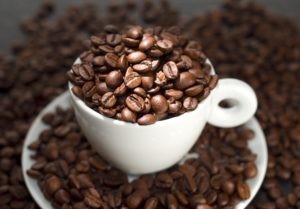
4. Alcohol: Alcohol does banish the blue, but temporarily. It is actually more of a depressant and ultimately depresses your entire central nervous system!

5. Processed Foods: These foods are not natural and contain chemicals and fats that alter your mood for the worse.
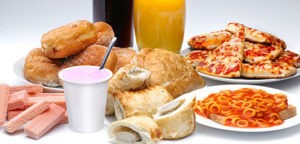
6. Canned Soup: Easy to store, carry and cook and good for the taste buds, these pseudo healthy foods are as bad as all other processed foods.
7. Fast Food: Convenient, cheap, amazing flavours, what’s not to like about fast food?! Bad fat from a burger can not just make you put on weight but also affect your brain and alter your mood for the worse.
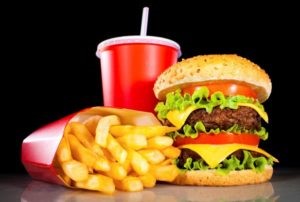
8. Gluten: Research now confirms that Celiac disease and gluten intolerance are linked to depression, anxiety and mood disorders. Even if you are not intolerant, cutting out or reducing gluten (wheat, rye, barley etc.) from your diet is a good thing.
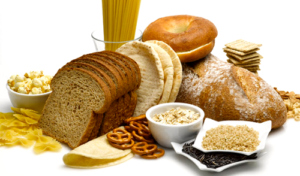
9. Trans Fats: Bad Fat = Unsaturated Fat = Trans Fat. They cause cellular destruction and can affect hormone production reducing serotonin which in turn can cause depression.
10. Chocolate: Are we scaring you? All chocolate is not bad, only the sickeningly sweet varieties as they contain large amounts of sugar or sweeteners. Small amounts of dark chocolate are in fact considered good for your brain and body.
Reference:
http://www.mentalhealthy.co.uk/news/963-junk-food-and-mental-health.html
https://www.psychologytoday.com/blog/the-resilient-brain/201506/trans-fats-bad-your-brain
http://www.beautyandtips.com/healthy-eating/10-foods-that-cause-depression-and-anxiety/

